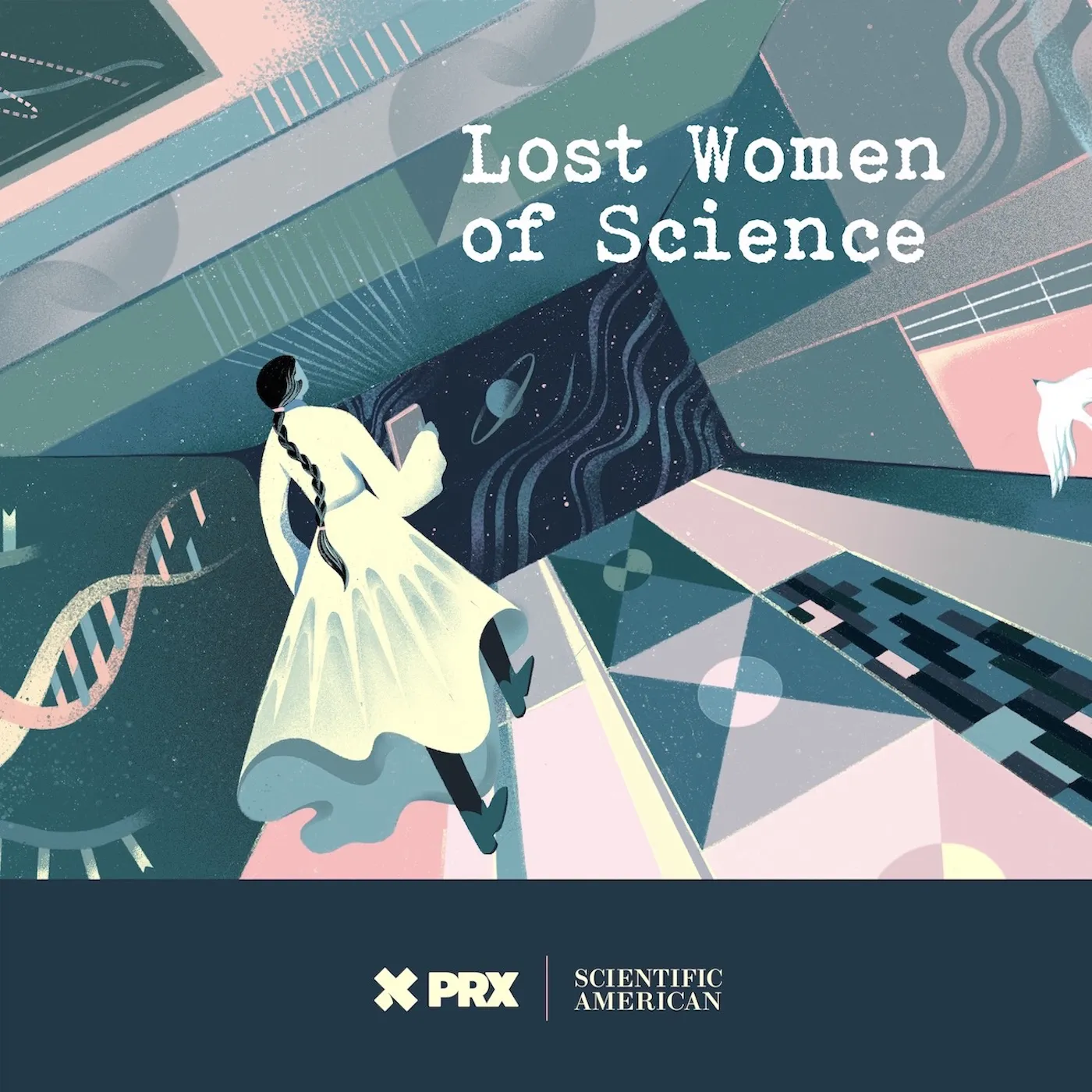Bra podcast
Sveriges mest populära poddar

Lost Women of Science Conversations: Writing for Their Lives
29 min •
22 augusti 2024
In the 1920s, when newspapers and magazines started to showcase stories about science, many of the early science journalists were women, working alongside their male colleagues despite less pay and outright misogyny. They were often single or divorced and, as Marcel Chotkowski LaFollette explains, writing for their lives. From Emma Reh, who traveled to Mexico to get a divorce and ended up trekking to archeological digs on horseback, to Jane Stafford, who took on taboo topics like sex and sexually transmitted diseases, they started a tradition of explaining science to non-scientists, accurately and with flair.
00:00
-00:00